

Remote work offers freedom once thought impossible. After all, you don’t have to commute, follow a dress code, and you can plan your day at your own pace.
However, working from home also poses its own productivity challenges. Without clear boundaries between work and rest, your days can become blurry. There are multiple distractions. It’s hard to stay motivated. In addition, the home office, once a sanctuary, can seem like a prison.
However, it’s not a matter of setting strict routines or working more hours. It’s all about rhythm.
To find your remote work rhythm, you need to tune into your energy, organize your workspace, and develop habits that maintain your focus without exhausting you. If you work from home, here’s how to reclaim your productivity, as well as your peace of mind.
1. Designate Your Work Sanctuary
You may not realize it. But your productivity is influenced by your physical environment. When you have your workspace blending into your living space, your brain has a hard time separating “work mode” from “relax mode.” Designating a clear, consistent work zone can help you mentally clock in and out.
Tips;
- If possible, choose a space with natural light.
- Make sure it’s clean, clutter-free, and stocked with the things you need.
- You can use a folding screen, a rug, or even headphones to create boundaries.
2. Align Your Work with Your Energy Peaks
It’s common for people to have peaks and dips in energy throughout the day. Instead of fighting your natural rhythms, learn to work with them.
Try this;
- Morning lark? Before noon, schedule deep-focus tasks, such as writing, coding, or strategy development.
- Night owl? Spend your mornings on light tasks, then spend your afternoons working on creative or strategic ideas.
- Maintain a diary of your energy levels for at least a week and make adjustments to your schedule based on your diary entries.
There’s more to rhythm than structure. You need to listen to your body and work with it rather than against it.
3. Use Time Blocks, Not To-Do Lists
An endless list of tasks can feel overwhelming and never-ending. By blocking your time, though, you can manage your day more effectively. As a result, each task is given a start and end time, preventing it from sprawling into other parts of your day.
How to start;
- For focused work, block out 90-minute chunks.
- Make sure you leave time for breaks, meetings, and administrative tasks.
- Keep a color-coded calendar. For example, red represents deep work, blue represents meetings, and green represents breaks.
Rhythm, not rigidity, is the goal. It’s easier to follow a rhythm when your day is well-blocked.
4. Create Opening and Closing Rituals
If there’s no commute, there’s no psychological transition to or from work. That’s why daily rituals are important. These are signals to the brain that it is time to work or rest.
Examples of rituals;
- Opening. Light a candle, drink some tea, review your goals, and listen to a playlist related to your work.
- Closing. Spend a few minutes at the end of the day closing your laptop, stretching, tidying up your desk, and reflecting.
In addition to giving your day structure, they also help prevent burnout caused by a constant state of “always on.”
5. Schedule Breaks Like Meetings
It’s easy to skip breaks when you work remotely. However, when we push through without rest, our brains get foggy and we are less productive. Instead, don’t negotiate breaks.
Use the rhythm of your brain;
- You can try the Pomodoro technique, where you work for 25 minutes and then take a 5-minute break.
- It’s also possible to use the Ultradian rhythm, which involves 90 minutes of work and 20 minutes of rest each day.
Breaks are a good time to step away from screens. During this time, you should stretch, go outside, or just breathe. Remember, consistent recovery brings real productivity, not constant effort.
6. Embrace Movement as a Reset
Sitting all day can cause your body to crave movement. Thankfully, incorporating mini bursts of physical activity into your day helps you reset and refocus.
Ideas;
- When on a call, walk.
- Between tasks, perform 5-minute mobility routines.
- Consider “movement snacks,” such as 10 squats or a yoga pose.
Not only is this good for your health, but it’s also good for your brain.
7. Protect Your Focus Zone
Whether it’s laundry, dishes, the dog, or your phone, distractions are everywhere at home. The thing is, willpower alone won’t keep you productive. By creating a focused zone, deep work can happen without interruption.
How to protect it;
- Invest in noise-canceling headphones or listen to music that focuses your attention.
- During work blocks, turn off notifications.
- Be clear about your boundaries with your living companions and colleagues. For example, “Please treat me as if I’m not home between 9-11.” The easiest way to do this? Share your calendar.
Ultimately, a focused, uninterrupted work session of even 1–2 hours can improve the quality of your day.
8. Batch Similar Tasks
It’s a myth that you can multitask. Why? Context-switching drains your energy and reduces work quality. Rather than handling similar tasks in a single block, group them together, aka batching.
Examples;
- Respond to emails and messages twice a day.
- All meetings should be scheduled in one afternoon.
- All admin should be done on Fridays.
As a result of this batching rhythm, your brain stays in one gear for a longer period of time, which helps you switch gears seamlessly.
9. Build in Social Anchors
Isolation can be a problem when working remotely. It’s easy to feel stagnant and aimless without natural social cues. As such, don’t forget to build moments of connection into your daily routine.
Try;
- Checking in with a colleague every day for 10 minutes.
- Virtual coworking (yes, it works!).
- Once a week, have a standing lunch or coffee Zoom meeting.
Your mood (and motivation) will stay steady with these social beats.
10. Experiment and Evolve
There is no single remote work routine that fits all. Seasons, projects, and life changes will change your rhythm. You must analyze what’s working and what’s not, and then make adjustments.
Ask weekly;
- What time of day did I feel most focused?
- When did I become distracted?
- What helped me reset?
Your rhythm is a living thing. Tune it, refine it, and let it change.
Final Thoughts: Find the Flow in Flexibility
Working remotely gives you the gift of freedom, but freedom without structure can quickly turn into chaos or stagnation. That’s why rhythm is so important. It’s not about a rigid schedule or hustle culture. The trick is to find a beat you’re able to move to-one that keeps you grounded, focused, and fulfilled.
When your home office is tuned into your environment, energy, and habits, it becomes more than just a place to work. It becomes a sanctuary. It’s a place where you thrive, not just get things done.
FAQs
How can I create clear boundaries between work and personal life when working from home?
The foundation for mental well-being and sustained productivity is setting clear boundaries, such as;
- Get in the habit of setting consistent rituals in the morning and evening, such as walking before logging on, making coffee, or tidying your workspace before you log off.
- Make sure you have a specific workspace (ideally not your bedroom) that you physically leave at the end of your workday.
- Inform your family and colleagues about your working hours. Lastly, resist the urge to constantly check work emails or messages outside of your defined hours.
What are some tips for staying focused and avoiding distractions in a home environment?
Distractions are abundant at home, so proactive strategies are key.
- Maintain a tidy, organized, and clutter-free workspace.
- If your home environment is noisy, use noise-canceling headphones.
- Turn off notifications, close unnecessary tabs, and commit to uninterrupted focus during “deep work” blocks.
- Use the Pomodoro Technique (25 minutes of work, 5 minutes break) to structure your focus.
- Finally, let those you live with know when you will not be disturbed.
How do I maintain a sense of connection and combat isolation when working remotely?
It takes intentional effort to combat isolation.
- Participate actively in virtual meetings and social calls. Join virtual coffee breaks and happy hours if your company offers them.
- Keep in touch with colleagues through regular video calls beyond just work-related conversations. Keep in touch with friends and family outside of work, whether through video calls, in-person meetups, or shared hobbies.
Also, for occasional social interaction, join local community groups or co-working spaces.
What’s the best way to manage my energy and prevent burnout in a remote setting?
Remote work blurs lines, making energy management critical.
- Don’t forget to take regular breaks throughout your working day. For example, step away from your screen, stretch, go for a walk, or do something completely unrelated to work.
- Maintain a consistent sleep schedule.
- Incorporate physical activity into your routine.
- Ensure you have dedicated “off-hours.” This is where you completely disengage from your work. Be aware of your body’s signals, and don’t be afraid to step away if you feel overwhelmed.
How can I effectively separate my home office from my living space, especially in a small apartment?
It’s still possible to create psychological and physical separation without a dedicated room by;
- Define a specific “zone” for work. It doesn’t matter if it’s just a corner of a room, a specific desk, or a certain chair.
- Set up and pack away your “office” daily. If you don’t have a permanent place for your laptop, store it in a bag, or put away notebooks.
- Use visual cues. During work hours, these can include a lamp, plant, or screen divider. As a result of these rituals and visual distinctions, your brain associates the space with work during the day and relaxation at night.
Image Credit: Huseyn Kamaladdin; Pexels


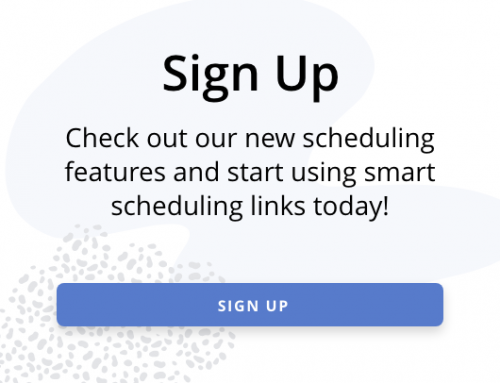



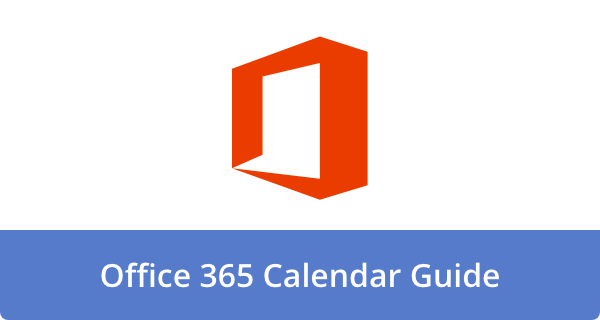
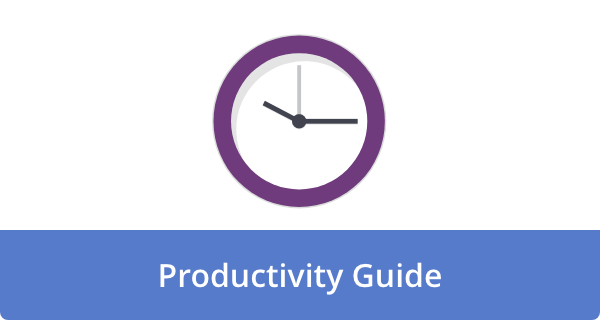
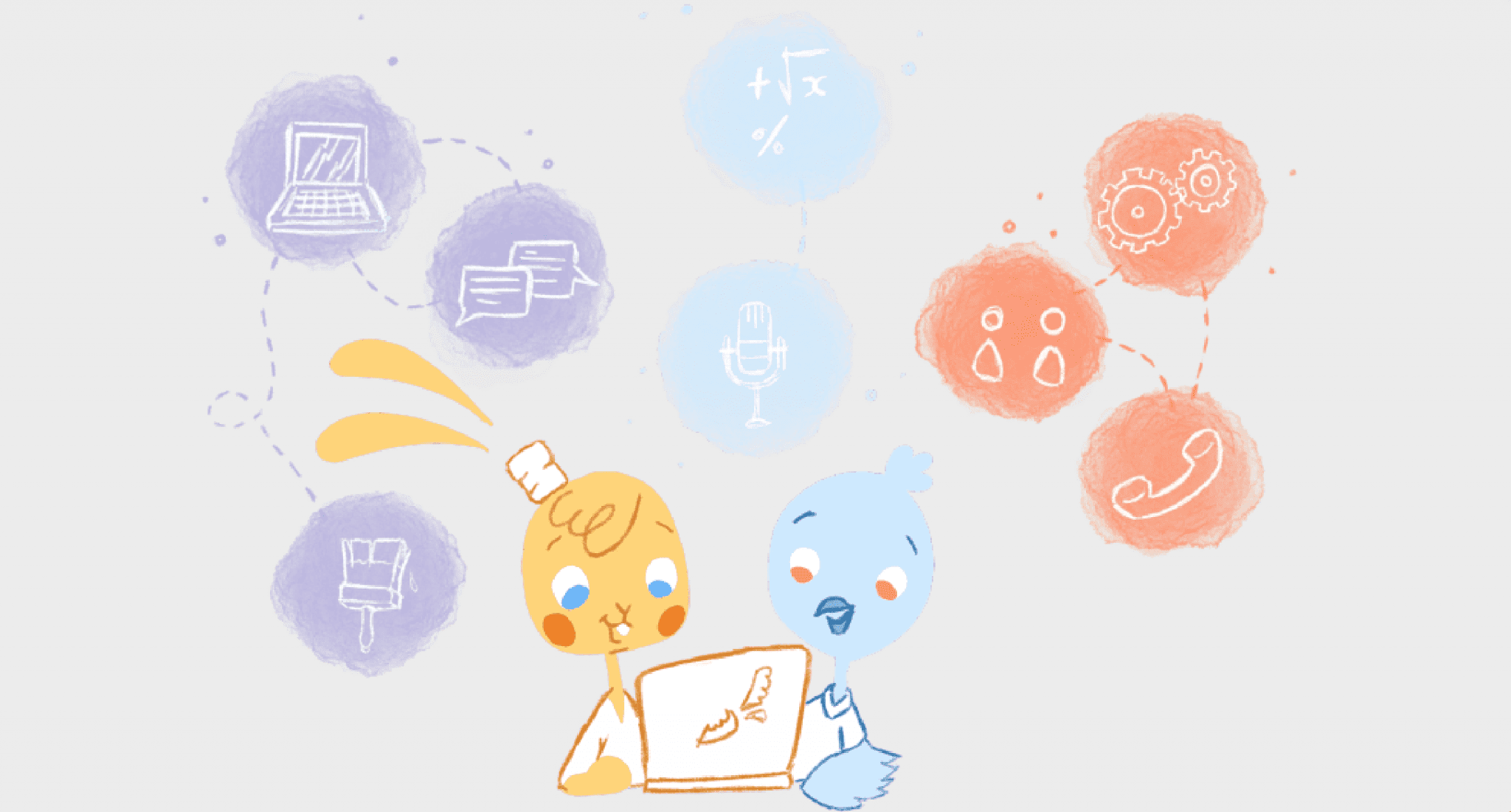

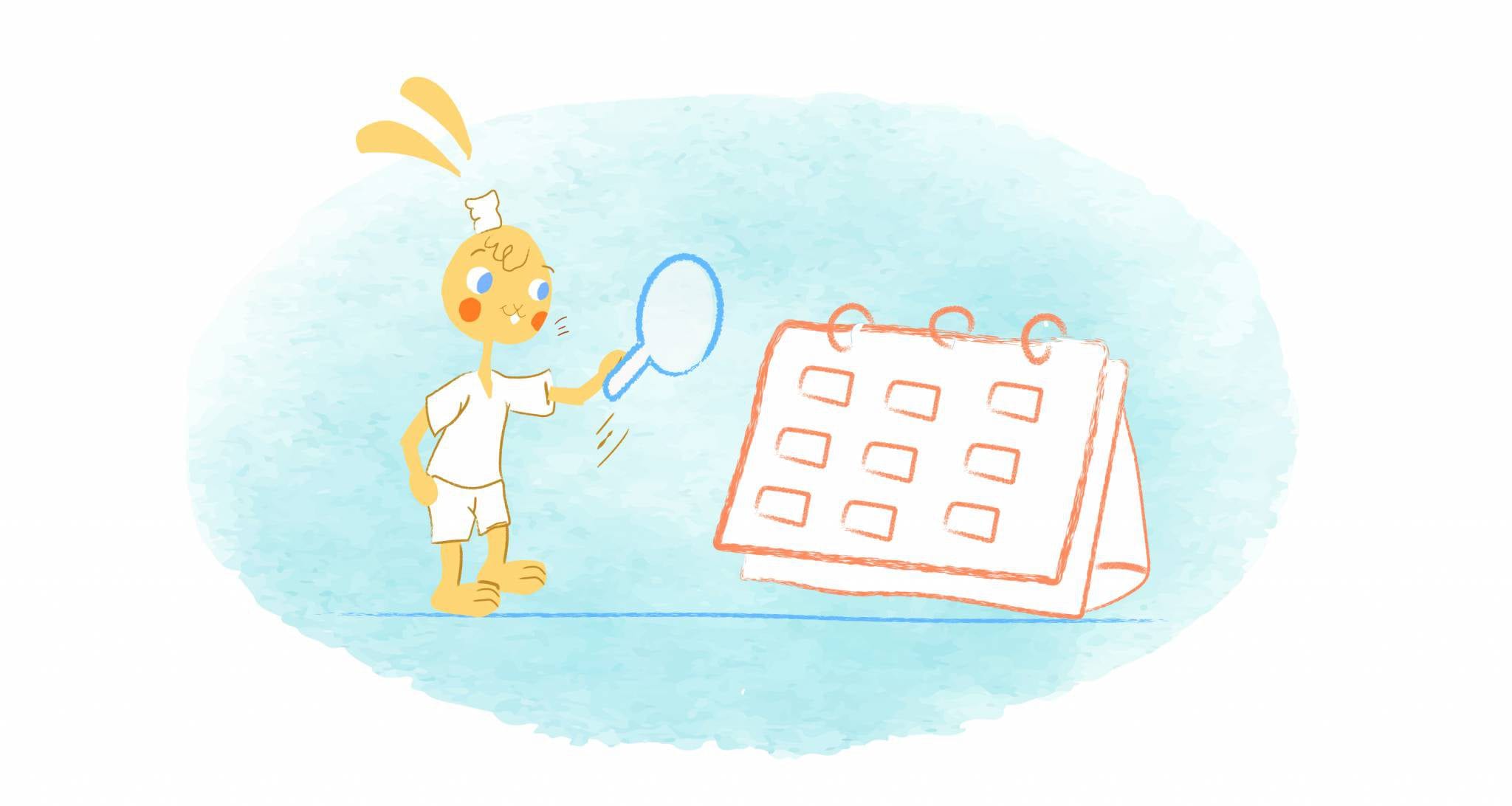
Deanna Ritchie
Editor-in-Chief at Calendar. Former Editor-in-Chief and writer at Startup Grind. Freelance editor at Entrepreneur.com. Deanna loves to help build startups, and guide them to discover the business value of their online content and social media marketing.